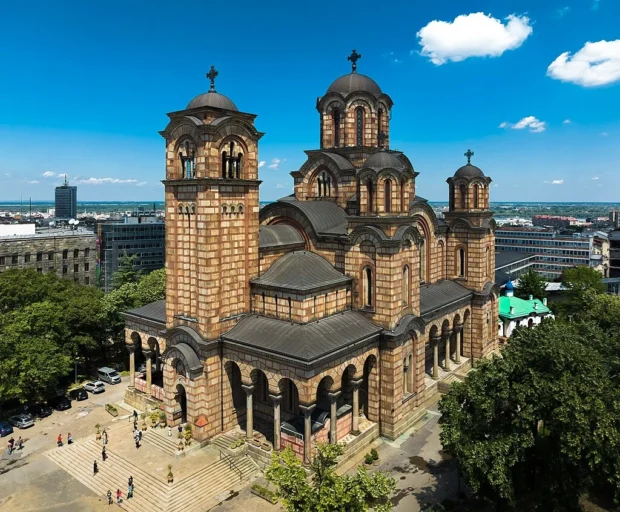Belgrade is a city where old meets new in lively ways. The capital of Serbia, it sits where the Danube and Sava rivers join, creating a special mix of nature and city. For many visitors, it’s a surprising place, full of stories, culture, and flavors. Whether you walk along the riverbanks or sit in a small café, Belgrade shows a life that is honest and colorful.
Table of Contents
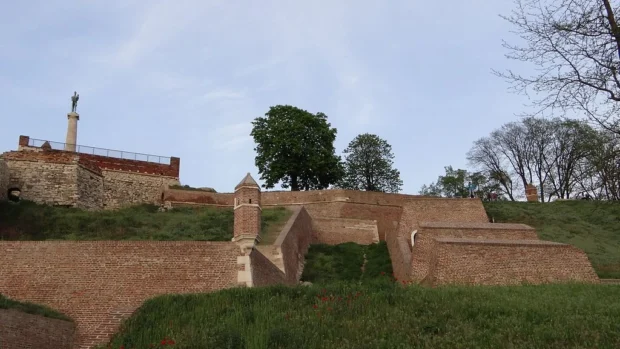
This city draws travelers with its interesting buildings, warm people, and hearty food. From grand historic forts to curious street art, Belgrade gives a range of experiences that connect you to the past and the present. We spent many days talking with locals, wandering around markets, and tasting dishes that are not only meals but cultural stories on a plate. Let us guide you through the city’s most memorable spots and ways to understand its culture.
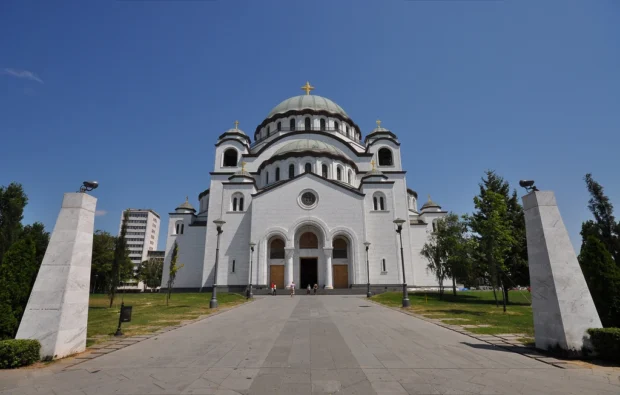
Historic Heart: Kalemegdan Fortress and Riverside Views
One cannot visit Belgrade without seeing Kalemegdan Fortress. Perched on a hill, it looks out at rivers flowing like veins through the city. The fortress is a quiet giant, with walls that whisper stories from Roman times through Ottoman rule to the 20th century. Walking here feels like stepping through time. The park around it is perfect for slow afternoon strolls where you might encounter someone sketching the river or musicians playing soft tunes.
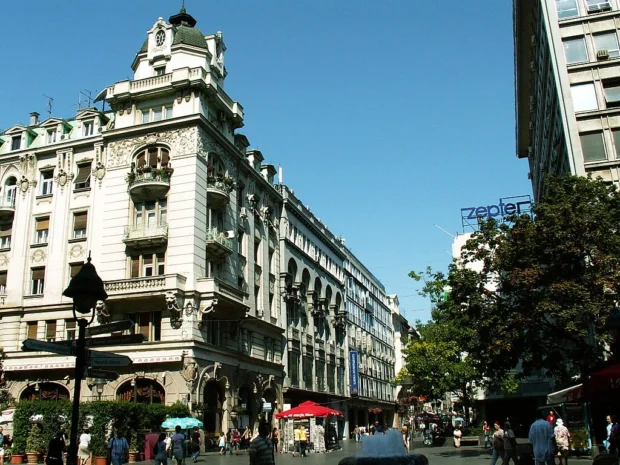
Along the rivers, you will find many cafés and bars nestled among trees and old boats turned into restaurants. This spot carries a special energy, both relaxed and alive. On warm evenings, locals and visitors alike fill these spaces, laughing, sharing rakija (a local fruit brandy), and watching ships move silently on the water. For more about Kalemegdan and its events, feel free to check its official page.
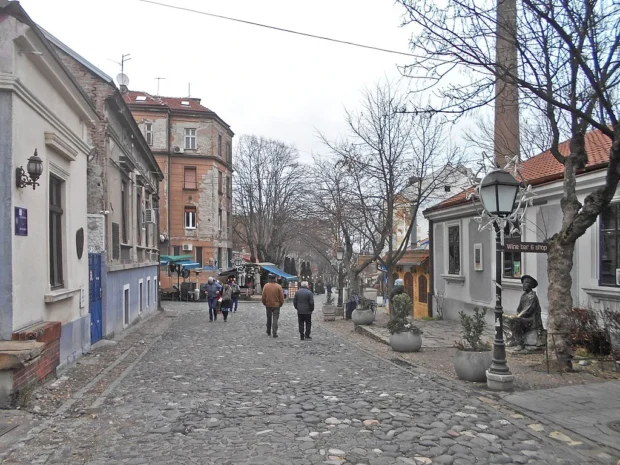
City Neighborhoods to Wander
Belgrade’s neighborhoods each have their own character. The old town area, known as Stari Grad, is where you’ll find narrow alleys, cafés with outdoor seating, and small artisan shops. Here, people often meet to chat over strong coffee or to trade stories from nearby markets. A short walk away is Dorćol, a district blending history with new art galleries and creative spaces. The streets there feature impressive murals and boutique shops where craft textiles and ceramics catch your eye.
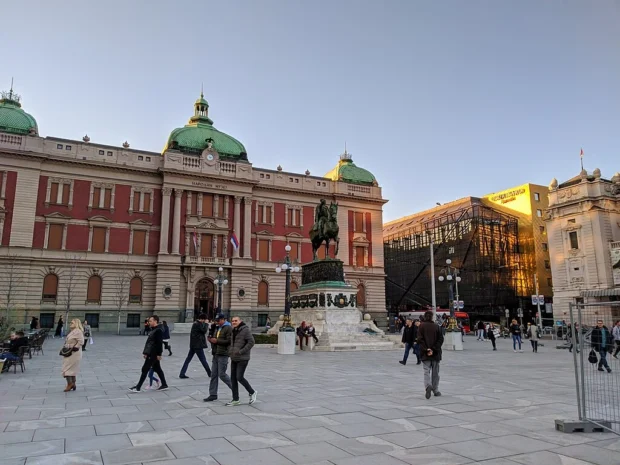
For those interested in living like a local, Vračar offers a quieter atmosphere and is famous for its food markets where fresh vegetables, homemade cheese, and smoky meats are sold daily. This area is also home to traditional Serbian bakeries, where you can try “burek” – a thin, flaky pastry filled with cheese or meat. It’s a filling and simple meal beloved across the Balkans.
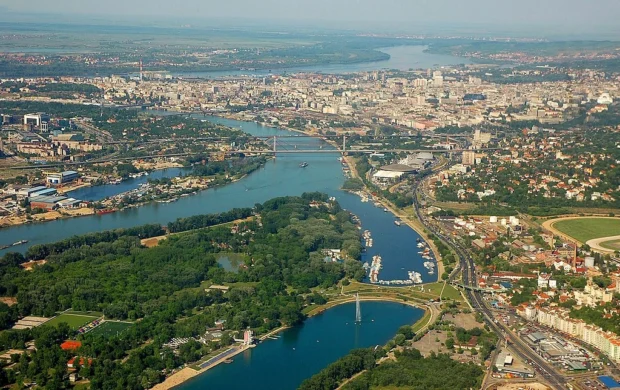
Starting the Day: Simple Ways to Move and Stay
Getting into the city from Nikola Tesla Airport is straightforward. The public buses run regularly and are an affordable choice; they take about 40 minutes to reach the city center, passing through areas where you can glimpse everyday life beyond the historic landmarks. Belgrade’s main train station also connects to many European cities, so arriving by train offers a chance to see neighborhoods at the city’s edge as you enter.
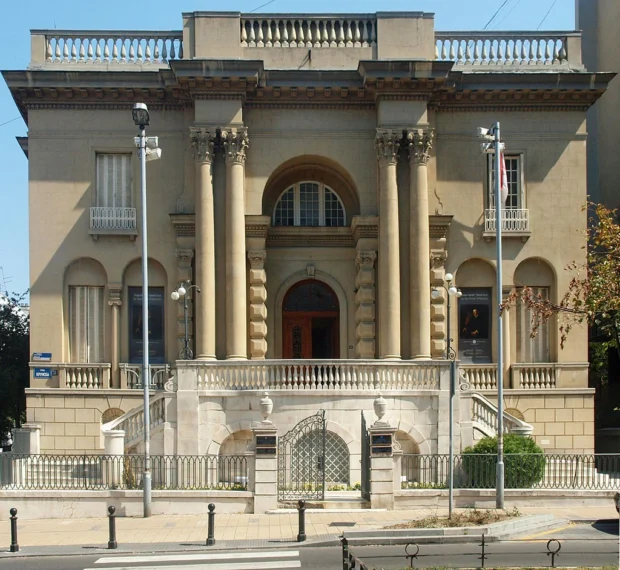
Choosing where to stay depends on your mood. If you want to be close to cafes and museums, pick a place near the center. If you prefer quiet nights and morning markets, consider lodging in neighborhoods like Vračar. Apartments and guesthouses here offer a friendly atmosphere, allowing you to feel part of the city’s daily rhythm. Walking is the best way to explore, but buses and trams are plentiful and easy to understand.
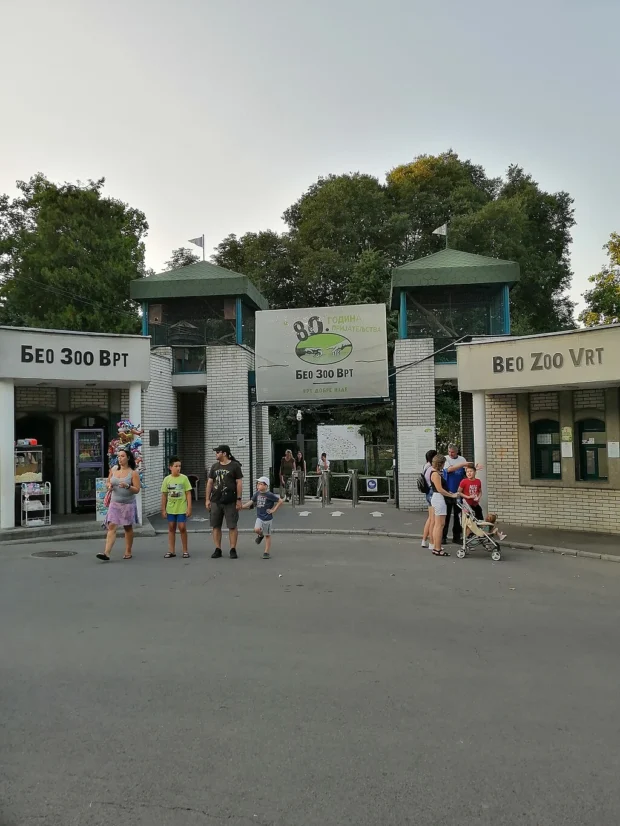
Serbian Flavors: Culinary Delights by District
Belgrade’s food reflects its many cultural layers. In Skadarlija, the old bohemian quarter, you’ll find traditional Serbian dishes served in cozy restaurants with live music. This is the place to try “ćevapi” – small grilled sausages served with warm bread and raw onions. Nearby, bakeries tempt with sweet “krofne,” doughnuts filled with jam or cream.
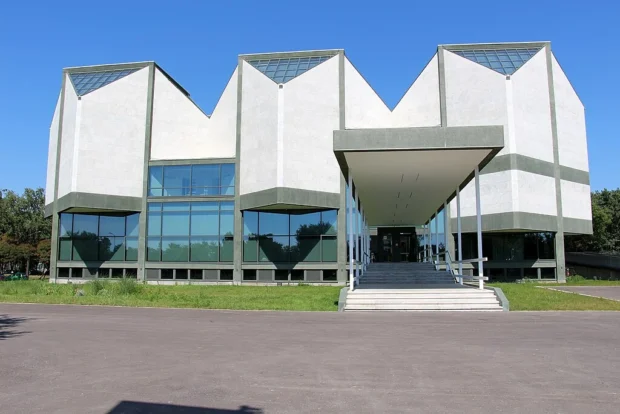
Further east in Zemun, once a separate town, the riverside restaurants offer fresh fish and river shrimp. This area feels different from the city center, calmer and with a village-like charm, making it a relaxing stop for lunch. Markets in Belgrade are treasures for food lovers. At Kalenic Market, you might spot colorful peppers, homemade jams, and jars of honey from nearby mountains.
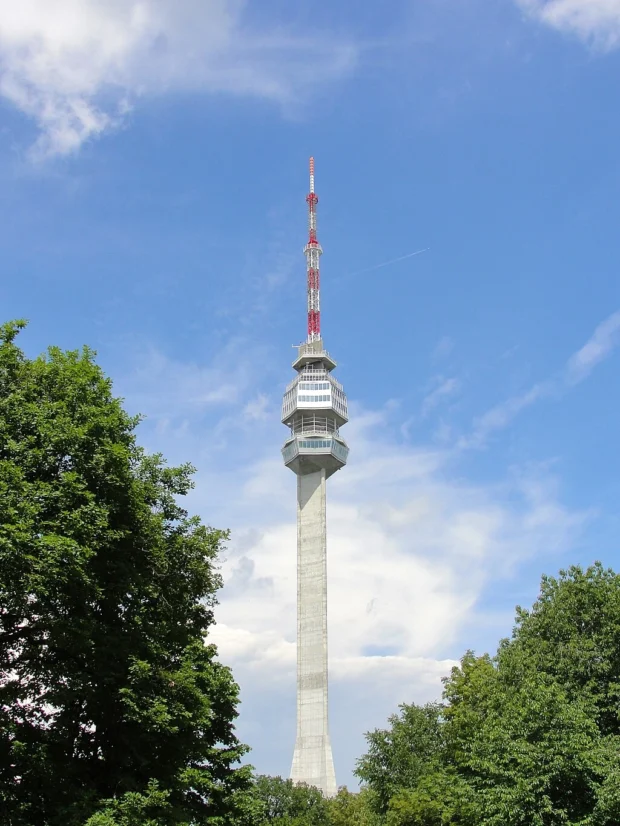
Culture and Customs: What to Know Before You Go
Serbs are warm and proud of their heritage. It is polite to greet people with a firm handshake and maintain good eye contact. When invited to someone’s home, it is customary to bring a small gift, often sweets or flowers, as a token of thanks. Dining is social; meals often stretch for hours, full of conversation and laughter.
Respect for tradition is visible in holidays and rituals too. For example, during “Slava,” a family celebration of their patron saint, you might hear stories told around a richly decorated table. Visitors should keep mobile phones quiet in these moments. And while Belgrade is quite open, showing respect for older people by offering your seat on public transport is appreciated.
To enjoy another vibrant European city that mixes history, culture, and fresh flavors, see our guide on Valencia’s stay and local life.
Little Known Stories and Curiosities
Did you know that Belgrade once hosted the world’s first electric tram back in 1892? Walking near the old routes, you can imagine the clatter of wheels on metal tracks as the city began to modernize. The city’s name, Belgrade, means “White City” in Serbian, a reminder of the white walls that once stood strong against invaders.
One quirky fact: locals love to gather at the banks of the Sava River for “splavovi” – floating clubs and bars on boats where music lasts until dawn. These spots are not just nightlife destinations; they resemble small, moving islands where friends celebrate life.
For a contrasting vibe of lively colors and rhythms, consider the vibrant atmosphere in Cartagena’s historic neighborhoods.
When to Visit for Festivals and Markets
Belgrade hosts many events throughout the year. In early spring, the city pulses with the sounds of jazz during the Belgrade Jazz Festival. In winter, the Christmas markets fill the air with the scent of roasted nuts and mulled wine. If your visit lands in late summer, try to catch the “Belgrade Beer Fest,” a large gathering where beer and music invite a joyful crowd to dance and share stories.
For a charming next stop, consider Budapest’s lively Danube views and food scene in our Budapest travel guide.
The great market halls, like Zeleni Venac, offer an authentic glimpse into daily commerce, with vendors selling everything from fresh herbs to traditional crafts. These markets are places where colorful scarves and handmade ceramics sit alongside piles of fresh fruit, connecting visitors to Serbia’s deep craft traditions and culinary heritage.
Belgrade is more than just a city with beautiful buildings and parks; it is a place where rivers meet history and people meet stories. Spending time here brings you close to a lively pulse of culture, flavors, and warmth you won’t easily forget.
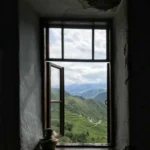
Eastern Europe travel specialist uncovering hidden gems from the Baltics to the Balkans.
- Crkva svetog Marka, Beograd (St. Mark's Church, Belgrade) by Petar Milošević on Wikimedia Commons – cc by-sa 4.0
- 2014-04-06 17-21-54 Kalemegdan by Dekanski on Wikimedia Commons – cc by-sa 4.0
- Saint Sava Cathedral in Belgrad, Serbia by Predrag Bubalo from Sydney, Australia on Wikimedia Commons – cc by-sa 2.0
- Knez Mihailova Street (Belgrade) by Jaimrsilva on Wikimedia Commons – cc by-sa 4.0
- Skadarlija in winter 02 by BuhaM on Wikimedia Commons – cc by-sa 4.0
- National Museum of Serbia at the Republic Square, Belgrade 2022 by Imeao on Wikimedia Commons – cc0
- Belgrade iz balona by Vlada Marinković on Wikimedia Commons – cc by-sa 3.0
- Museum of Nikola Tesla, Belgrade, Serbia-cropped by Museum_of_Nikola_Tesla,_Belgrade,_Serbia.JPG: Rburg87 derivative work: Begoon on Wikimedia Commons – cc by-sa 3.0
- Zoo vrt Beograd 02 by Miljan Simonović on Wikimedia Commons – cc by-sa 4.0
- Beograd – Muzej Savremene Umetnosti (MoCAB) by Fred Romero on Wikimedia Commons – cc by 2.0
- Avala TV Tower by Jeff Attaway from Belgrade, Serbia on Wikimedia Commons – cc by 2.0
